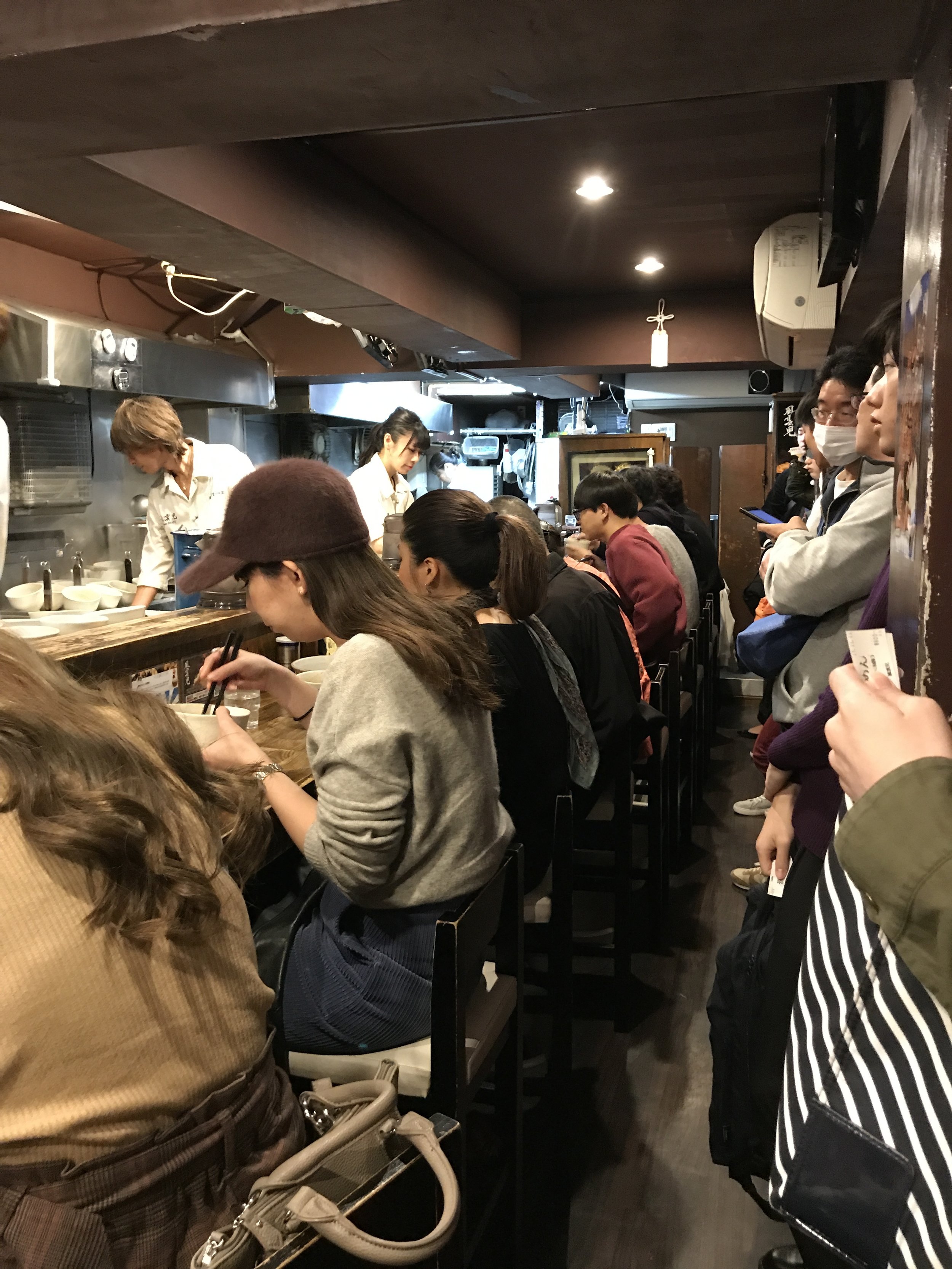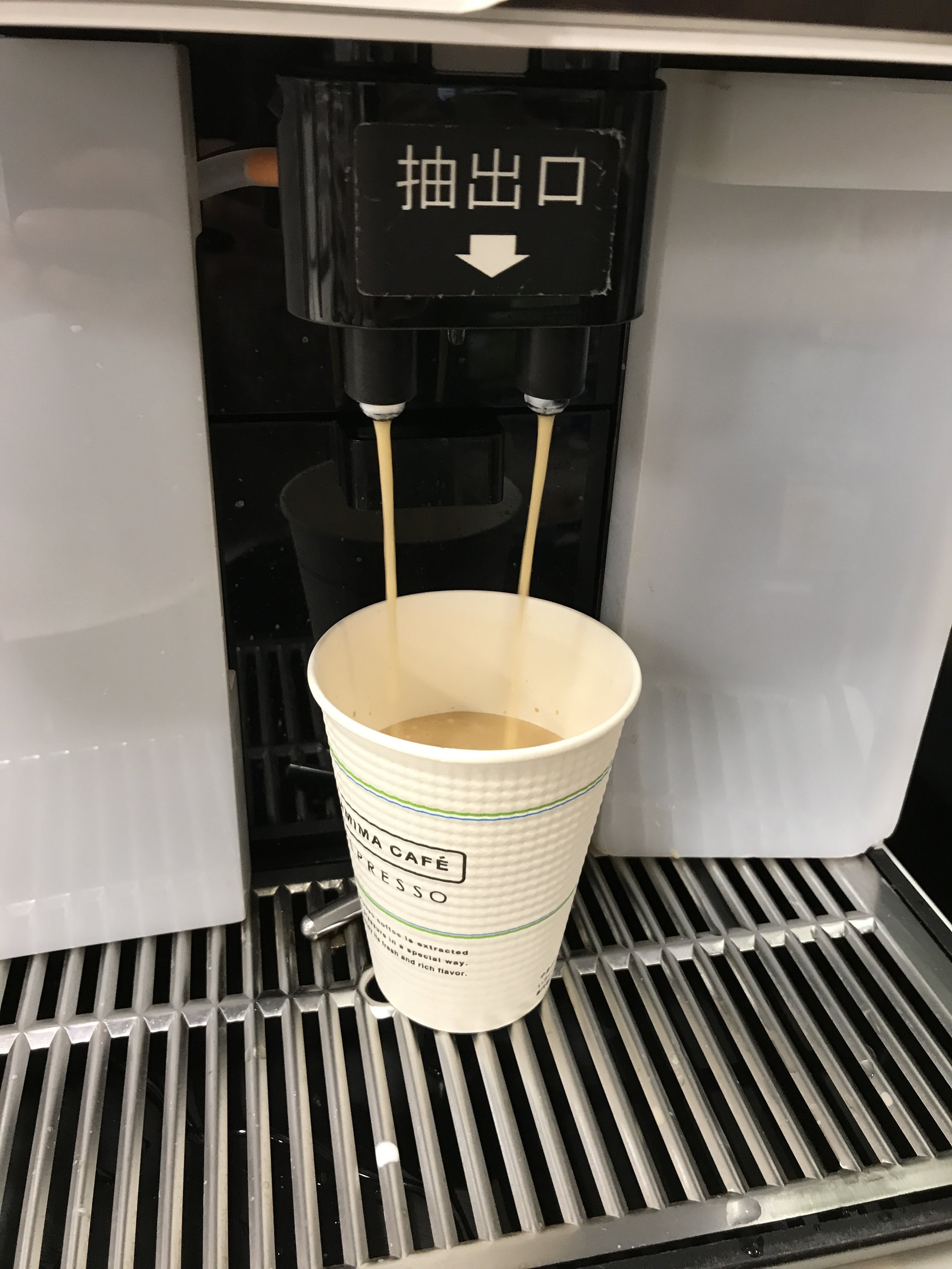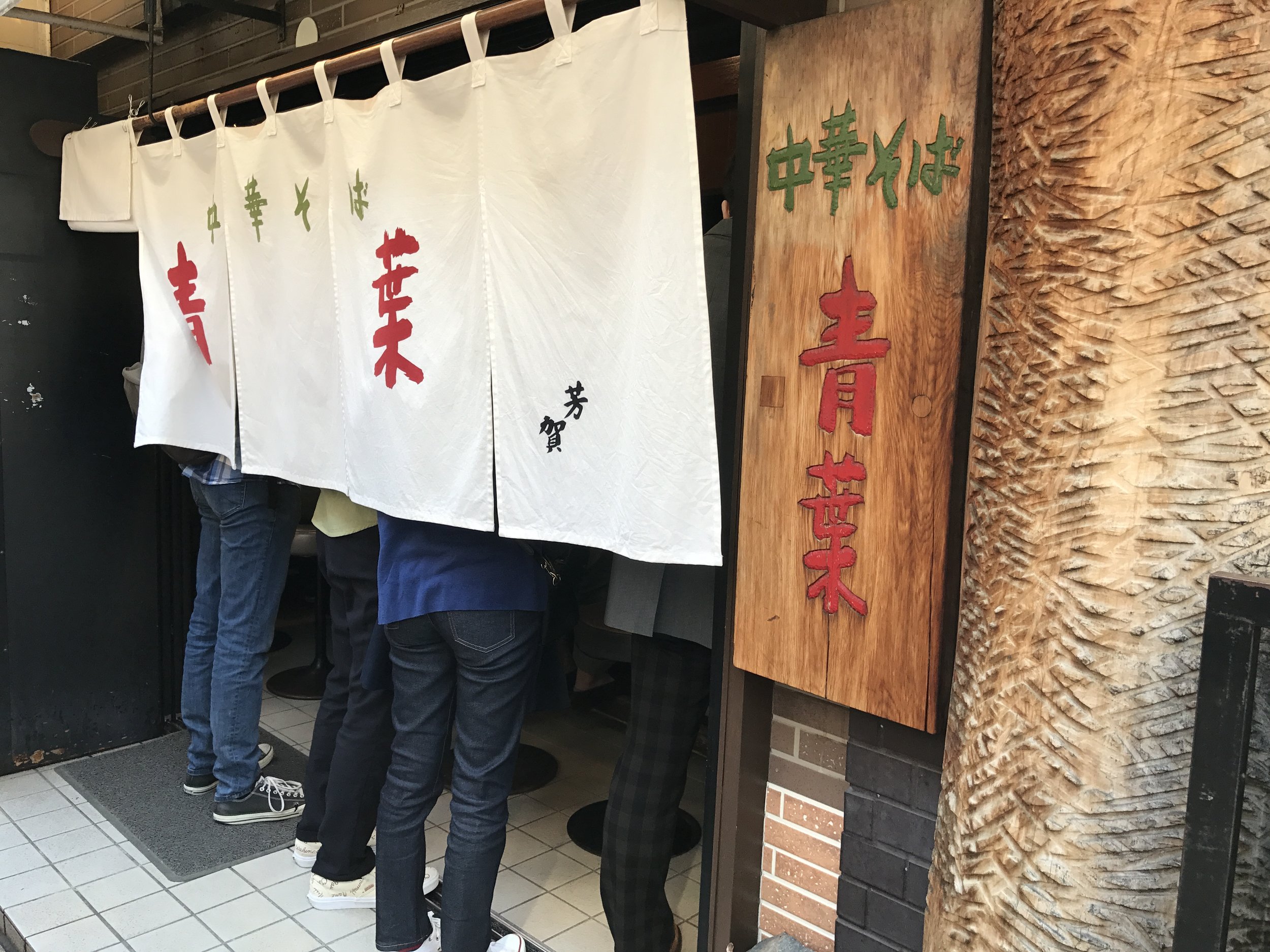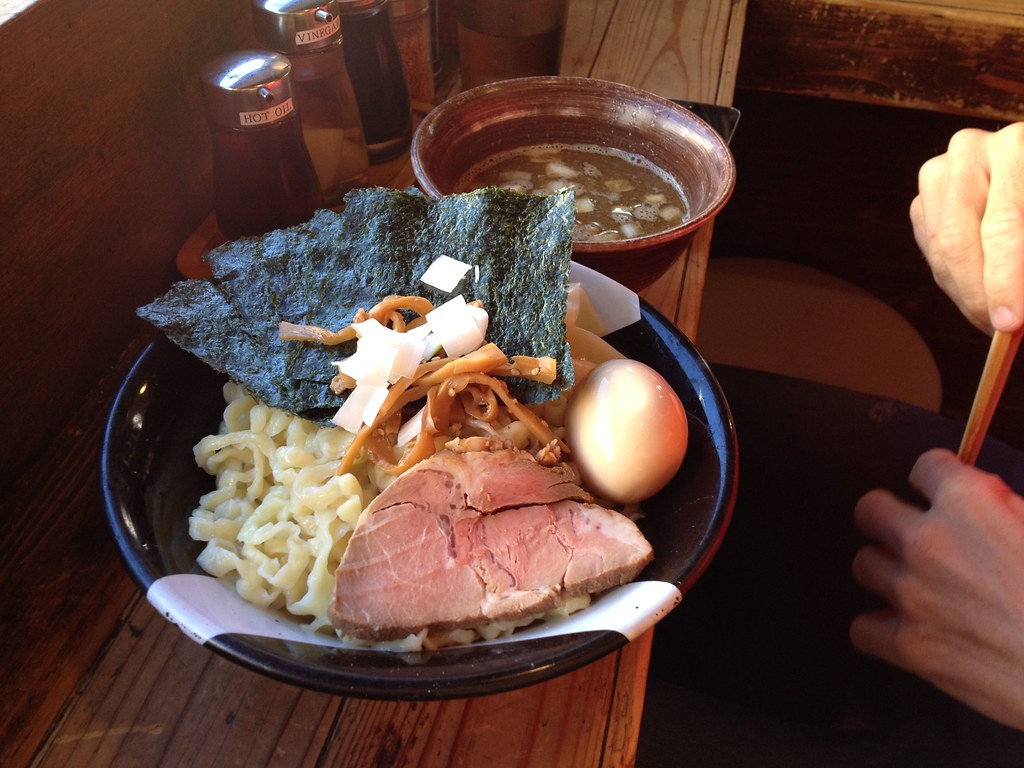“The thing with ramen is,” a friend, a devoted yet reluctant ramen voyeur by virtue of being located in Germany, said, “it can look great in a photo, but taste like shit.”
He’s right, of course, but that truism applies to more than ramen. Since the introduction of the phrase “food porn,” hyper-saturated photos of indulgent casual food have – alarmingly, disappointingly – become the norm. The process of food photography has devolved into the following: select a close up of a juicy burger oozing cheese, add a runny egg, and then, to make it more blatantly sexually enticing, squeeze the crap out of it to induce maximum yolk flow for the ‘gram. Should a runny egg be unavailable, shoot a picture of a few burgers and varieties of loaded fries – enough to cause concern for the arterial and mental health of the eater – turn up the warmth on the photo, click “sharpen” a few times, and post. It’s the thottery of food photography, where food is no longer appetizing, but only notable for its off-putting excess.
Then there is the hype. That circle jerk of praise perpetuated by ignorance and expectations already swinging towards the positive, prior to the first bite. That’s not to say that customer reviews are worthless; just that often, they need to be taken with a teaspoon of salt.
I knew this, but when a friend told me he always takes friends to Fuunji for their tsukemen, I followed his advice. He was a real person, someone I trusted because he had lived in Tokyo for several years and had eaten his share of decent ramen. Google told me there was a perpetual line outside of Fuunji; could that many people be wrong in believing Fuunji was exceptional?
Apparently, yes.
Inching my way towards the door, I waited approximately an hour to be seated and served. The line usually continues from the door of Fuunji to the small park-like area across the street. Once inside the small restaurant, you buy a ticket at the machine, then line up behind the patrons behind served. You hand your ticket over to the girl behind the counter, tell her how many grams of noodles you’d like (200g or 300g), then wait some more.
The one thing you notice about Fuunji is that no one is eating ramen. Every single person is here for the tsukemen: cold ramen noodles served with a thick, rich, chicken-based dipping sauce that includes a small mound of dried smoked fish powder.
Anticipating gastronomic bliss with a punch of umami, I ordered the special tsukemen (特製つけ麺) with 200g of noodles. What I ended up choking down were noodles – appropriately thick and chewy – coated in room temperature grease and tasting mainly of salt. Though there are hints of fishy umami here – the special tsukemen also comes with a soy sauce marinated egg and thick slices of pork – the experience was incredibly underwhelming and practically nauseating. By the third bite, there isn’t much to the sauce other than an overwhelming and exhausting saltiness. I found myself trying to slurp up the least amount of the dipping sauce as I powered my way through the last of the noodles.
I didn’t bother thinning out the sauce to drink it down as any more salt would have probably killed me. I went home with a headache and a fear that I might throw up on the way home, in slight disbelief that people would call this “the best tsukemen I’ve ever had in Tokyo.” But, I get it; there is little subtlety in Fuunji’s tsukemen. Everything seems somehow heightened – the saltiness, the greasiness – which lends itself to be favored by those with more aggressive palates. Like Instagram thots, Fuunji presents an enticing-looking dish that turns out to be way too much.
Later, with a sufficiently settled stomach, I remembered that conversation with the ramen voyeur.
“Yeah,” I had said in response, “it’s like a relationship. You never know until you’re face deep in something and slurping things up.”
How true that is.
Fuunji
2-14-3 Yoyogi, Shibuya-ku
(10min walk from Shinjuku Station South Exit)
Open: 11:00-15:00, 17:00-21:00, closed Sundays















